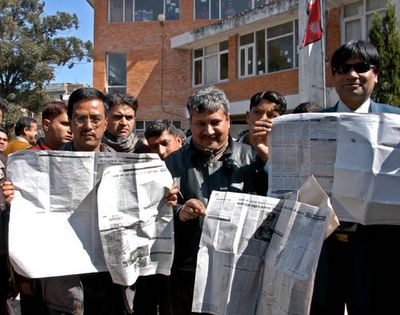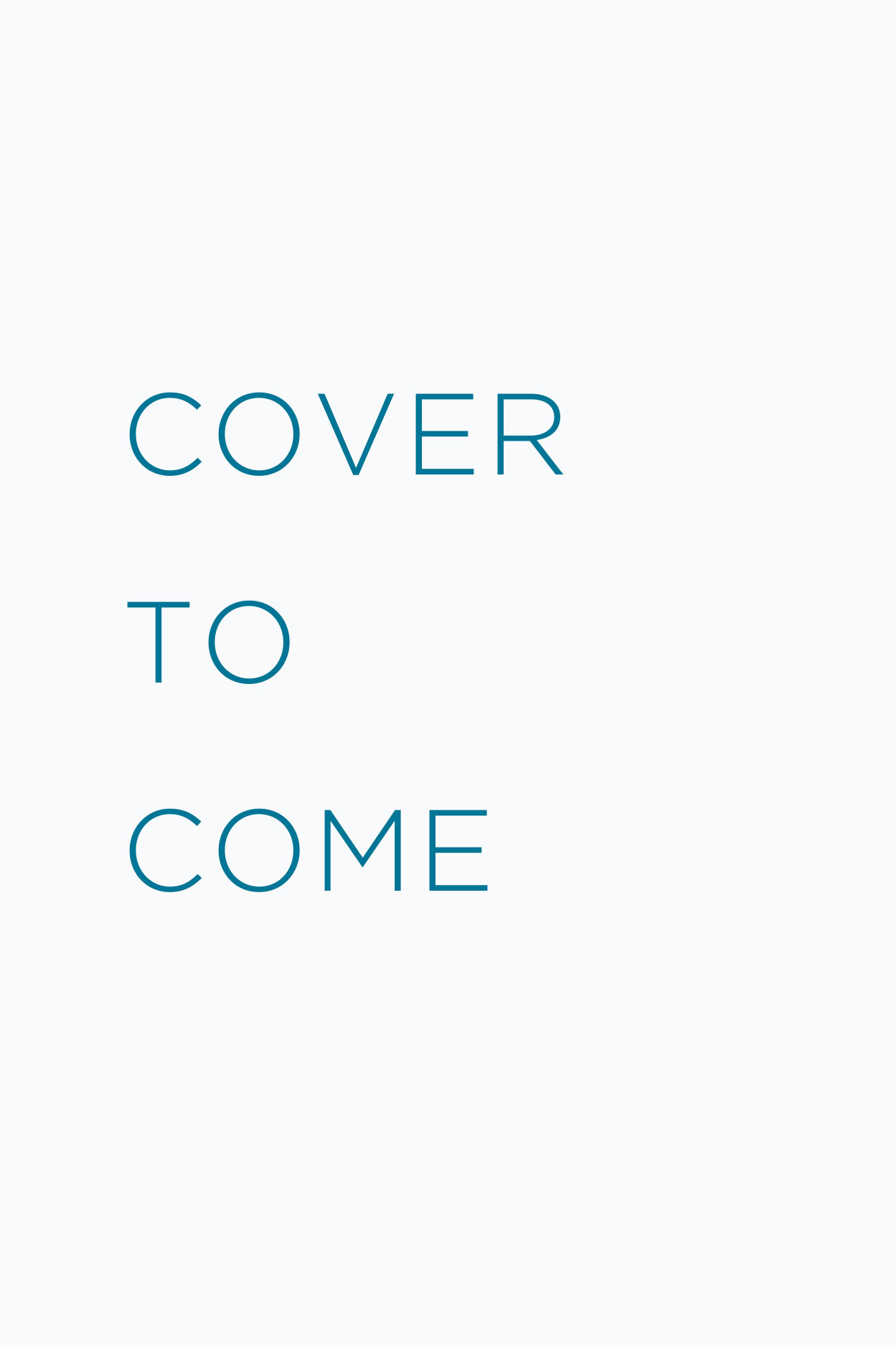cooperative learning: overview (johnson, johnson & holubec)
If you wish, check out my intro to this book, Cooperative Learning in the Classroom, by Johnson, Johnson & Holubec.
This post will lay out a basic overview of the book's instructions for teachers. I have filled in a few details for the part I've already read; I'll fill in the rest as I finish reading the book. I also hope to have separate posts providing more detail for some of the sections, which will be linked from this page when I've finished them.
- Pre-instructional decisions
- select the instructional materials and objectives--be sure the goal is clear (see my Wong & Wong post on objectives!)
- structure the task according to the five key aspects of cooperative learning:
- positive interdependence: a shared goal that makes every group member's individual contribution absolutely indispensible to his/her teammates
- individual accountability: everyone is responsible for the material; no one can just "goof off"
- face-to-face mutually supportive interaction
- interpersonal & small-group skills development
- group processing: groups openly discuss their working process and how they can become more effective
- (more on these five key aspects in the future)
- determine what kind of groups you will have, and assign students to groups
- arrange the classroom to facilitate cooperation and minimize disruption
- structure the group interaction, creating and assigning roles to maximize participation and results
- select the instructional materials and objectives--be sure the goal is clear (see my Wong & Wong post on objectives!)
- Explain the task
- provide a CLEAR, MEASURABLE goal and make sure the students understand it
- explain the concepts, principles and strategies that students will need to use to reach the goal
- relate the new information to the students' prior experience and knowledge as much as possible
- provide examples or model the work the students will need to do to reach the goal
- I love this--it took me years to figure out how to give directions, and here it all is, written down! I love it but it makes me very frustrated with my teacher ed program!!!
- provide a CLEAR, MEASURABLE goal and make sure the students understand it
- Explain how the cooperation/teamwork should proceed
- define what it means to "work together"
- define and teach teamwork skills: in order of increasing difficulty (taught incrementally as students become more adept at cooperative work), this includes skills related to:
- forming a group
- functioning as a group
- learning as a group
- pushing each other to a higher level of achievement
- I have to cut this short because I think I'm keeping my partner awake, also because I haven't read much farther, but I'll finish it ASAP
- define what it means to "work together"
- Monitor students working together
- Evaluate students' individual and collective work throughout the process, and evaluate/assess the end product
- Encourage/require students to evaluate how well their groups are functioning and make plans for improved functioning in the next assignment
 I bet the main site on which this is posted would also be a great resource--it's called "
I bet the main site on which this is posted would also be a great resource--it's called "







